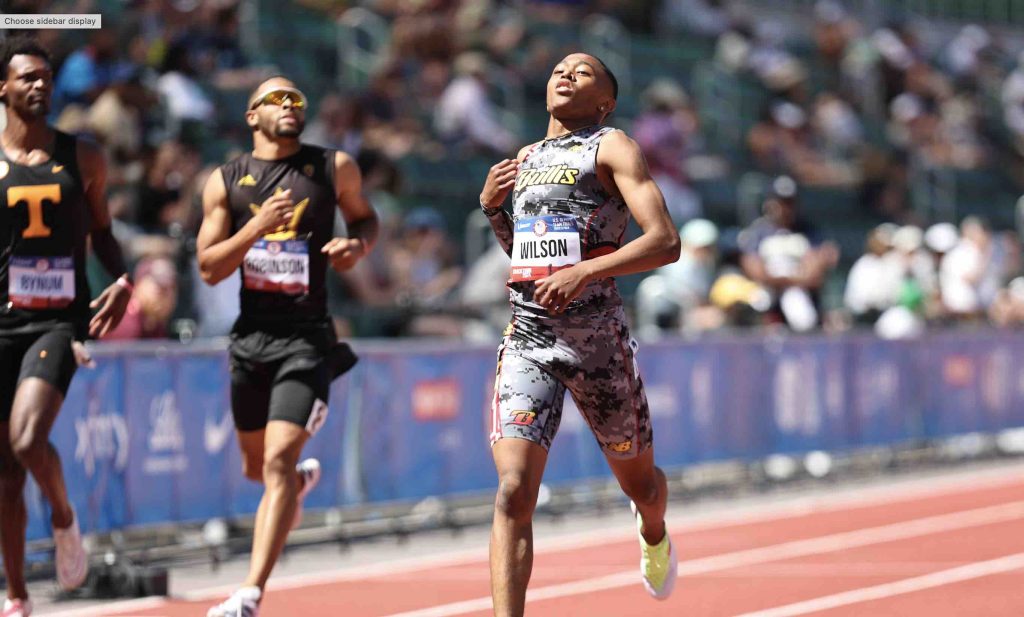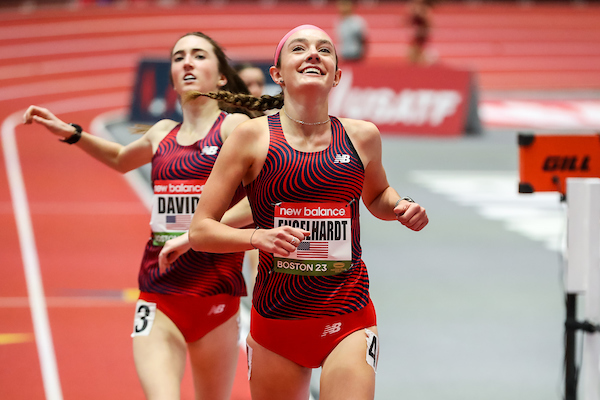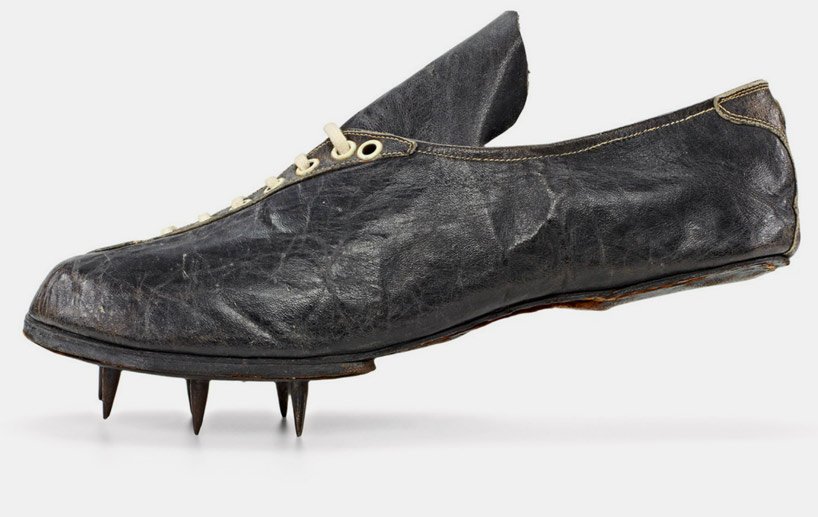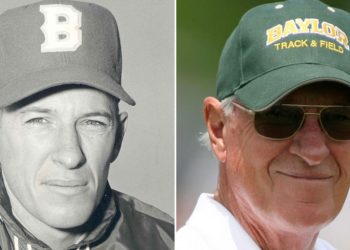OPINION – WILL HIGH SCHOOL & COLLEGE NIL DEALS KILL BLUE-COLLAR RUNNING?
By David Monti, @d9monti
(c) 2025 Race Results Weekly, all rights reserved, used with permission.
NEW YORK (30-Jan) — I love attending the Chevron Houston Marathon and Aramco Houston Half-Marathon every January. It’s great to cover these two World Athletics Gold Label races for Race Results Weekly and assist with the local television broadcast on ABC-13. Still, it’s also the first opportunity of each year to speak with other running industry professionals who flock to the race. It’s not just a race weekend but a vital industry meeting where industry pros share stories and information. I always leave Houston much more informed than when I arrived.
That takes me to a conversation I had two Saturdays ago with an industry pro I’ve known for over twenty years and completely trust. We discussed various topics when the conversation shifted to name, image, and likeness (NIL) deals for high school and college athletes. Those deals are the newest form of financial support from running industry brands to young athletes who have not turned pro in the traditional sense but are still competing in regular high school and college competitions.
When I last spoke to a long-time agent about these deals, he said that most of these transactions were for small money—even equipment—at least at the high school level. But he also noted that some of the cash was significant. The industry pro I spoke with in Houston told me about a deal in which a high school athlete got $80,000 annually from one of the brands.
I was stunned.
The industry pro was very sure of the number and had credible knowledge about the deal. That would exceed the typical annual contract for a mid-level collegian turning pro running a so-called “blue collar” class. Blue-collar athletes have professional agreements but are not near the top of the food chain and only earn mid-five-figures each year (plus whatever prize money they can win). They usually dabble in track but focus on the roads and the USATF Running Circuit, which has set aside prize money for Americans.
As we spoke further, we wondered whether blue-collar athletes were now competing with high school athletes for sponsorship dollars. We agreed that the answer was undoubtedly “yes.” A top-level high school or college athlete could quickly provide a brand with more exposure, both on and off the field of play, than a blue-collar athlete running in national championships and regional road races.

This is especially true when you think about the social media followings that high school and college athletes already enjoy. Sprinter Quincy Wilson (not the athlete we discussed) has 362,000 Instagram followers. California miler Sadie Engelhardt, who will attend NC State in the fall, has 22,000 followers (also not the high school athlete we were discussing), and half-miler Juliette Whittaker of Stanford University has 18,000 followers.
Moreover, the regular high school cross country seasons in the fall, indoor track in the winter, and outdoor track in the spring (all covered by national championships) make those athletes easier to follow than the pros. They also compete in state championships, which get a lot of attention regionally. We could see how a high schooler could make a real splash for a brand.
But $80,000? The brand hoped this would be a down payment on a sponsorship career, with the athlete’s NIL going through college, leading to a pro contract.
Of course, there are no guarantees in running sponsorships. Remember that Parker Valby had an NIL with Nike while a student-athlete at the University of Florida but ended up signing with New Balance as a pro (after sitting out the regular six-month right-to-match period).

Boston Massachusetts, USA
February 3, 2023
World Athletics Indoor Tour Gold meeting, photo by Kevin Morris
I’m a big fan of the blue-collar class. They soldier on from race to race, mostly to challenge themselves and see how good they can be, knowing they’ll never make much money. Theirs is an honorable pursuit, simply trying to get the most out of themselves while their bodies allow it. I’m rooting for them.























